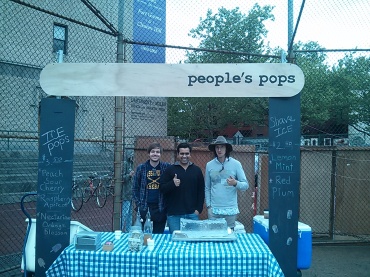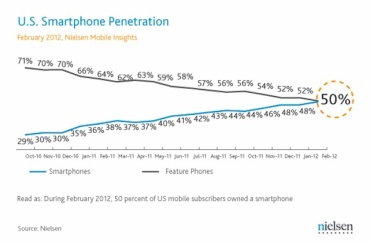A recent (and my first trip to NY) reinforced principles of good design. This is a city which thrives on art, multifaceted culture and design amongst all chaos. Little nuggets of design in every corner make this city more interesting than other bust business concentrates of the world. One of the oldest inhabitants being a port on the east coast, this city boasts of being one of the largest and probably the most organized of all rest.
Where did the statue of liberty come from?
See someone hailing a cab in Ny and you will probably guess where this came from <smiles> This is a city with so many unique gestures which are community driven and are evident in daily road interactions. It has a unique flavor to how people will interact and this language per say has developed over a period of time. Unique but welcoming this is and obvious one. People are precise, crisp and direct in their communication in this city, so helps to reduce learning for anyone new jumping in!
Keep it moving
This city totally never sleeps and yes I mean NEVER. You can go to Times Square and will never find a dull moment. Speaking of this, intersections are guided by walk or stop signals depending on the flow of traffic in the given direction. Pedestrian pleasure is immense, there is much to see, observe and absorb in this city. With so much cab movement (the famous yellows) rarely do people drive and stay within cabbabale distances of commute. The subway as well is probably one of the most simplified and user friendly systems I have seen in recent times (not to overlook the Delhi metro as such – which comes pretty close). The island ferry which connects the partially disconnected ferry ride is a class apart, people just ride it along for the expereince and not for commute alone.
The Times Square
This deserves a mention of it’s own, the immense interactive displays to a beautiful light show put up by each retail screaming back for attention is impeccable. Even the cops happily stay back and pose for Facebook profile pictures! A custom experience in each store from Modells to the ToysRus demands customers to experience NY uniquely. It reaches us to look at life bigger and more real than anywhere else in the world, larger than life Mickey and Mini mouse characters deserve a special mention as well.
The perseverence
Of what I heard the High Line came as not a surprise to many, it is a pleasant showcase of some of the most life sized art forms that we can build. Even in the ever busy streets, we still see art alive, thriving and growing purely cause the city wanted it to. We often find reasons in busy commercial capitals not to hold back on the art and give way to development as such. NY sets an example on how determination towards preserving what we love and endure the most – Art.
The Specializations
The Museum of Modern Art (MoMA) itself and the chain of it’s stores promotes art like no one else has ever, some of the most tasteful presentations of expression are for feel and sale. This is one place which gives you a dimension to merge modern thinking with classic forms which induce practicality in each individual item – the best part for a (reasonable) price you can buy everything.
Chelsea market is a foodies paradise from cheese to stakes you will find it all here – a monument of food is what we call it. The two floors buzz with energy and smells which curb the divine as well. Paved on cemented road path, this gives a way to celebrate everyday food to exquisite cuisines for the belly. Today ranked as one of the most visited food spaces globally this aggregates global food offerings which make you coming back for more.
The Spectrum
Brooklyn flea market changed perspectives from the busy mid Manhattan to lanes which are less skyscraper donned, a culture which is again artistic but in int’s own way – custom pained bicycles and rooflets are easy spots, the flea market each weekend offers a cultural extravaganza of food, religion and antiques come together amidst good music at prices which you can only dream of. Compare this to the hustle bustle of up-market Soho where the Prada’s of the world rule and you will see how just a few miles worth of subway can transition you into much peaceful and country feel in the heart of NY.

Will I be here next?
So what makes NY a great tourist destination even for people who have been there for years – it is not the parks alone, it is not the art, it is not the shopping extravaganzas, it is not the numerous ways of speeding money, it is not just the people, it is all the experience put together and well packaged in a fast paced environment. Something which will surely pull me back. I tag this post as “1” of the series as I have much more to pen than this.
I barely slept over 4-5 hours each day, no it was not the noise of the busy street I was on, not the rain, it was the joy of being there taking a stroll at 3a and realizing how life can be so alive!




